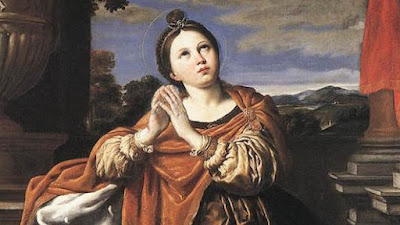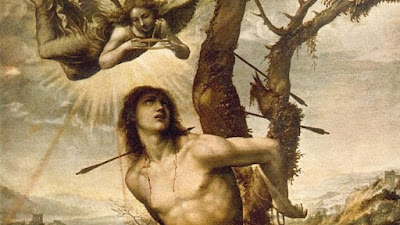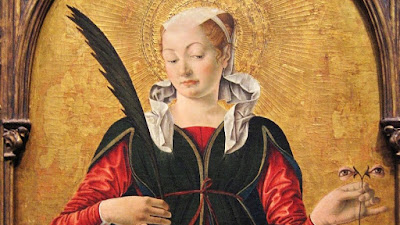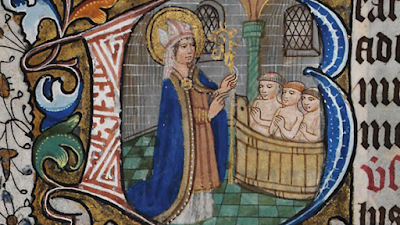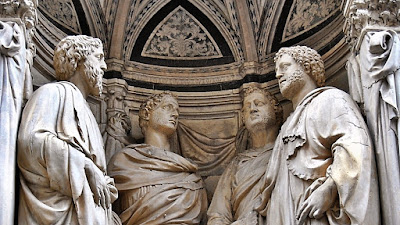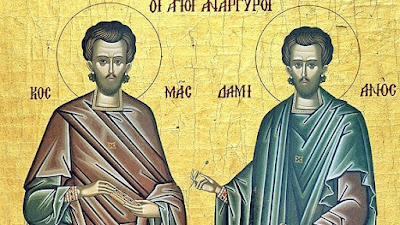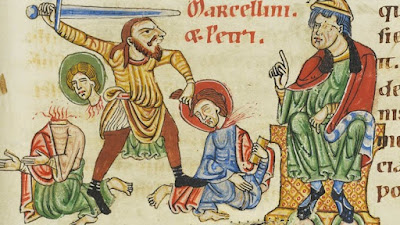St. Vincent of Saragossa, Deacon and Martyr

Optional Memorial - January 23rd St. Vincent of Saragossa was one of the Church's three most illustrious deacons, the other two being Stephen and Lawrence. He is also Spain's most renowned martyr. Born in the late 3rd century, he was ordained deacon by Bishop Valerius of Saragossa. Vincent was forced in chains to Valencia during the Diocletian persecution and martyred. Legend records the following about his martyrdom: After brutal scourging in the presence of many witnesses, he was stretched on the rack; but neither torture nor blandishments nor threats could undermine the strength and courage of his faith. He was cast on a heated grating, lacerated with iron hooks, and seared with hot metal plates. Then he was returned to prison, where the floor was heavily strewn with pieces of broken glass. A heavenly brightness flooded the entire dungeon, filling all who saw it with greatest awe. After this he was placed on a soft bed in the hope that lenient treatment would ind
